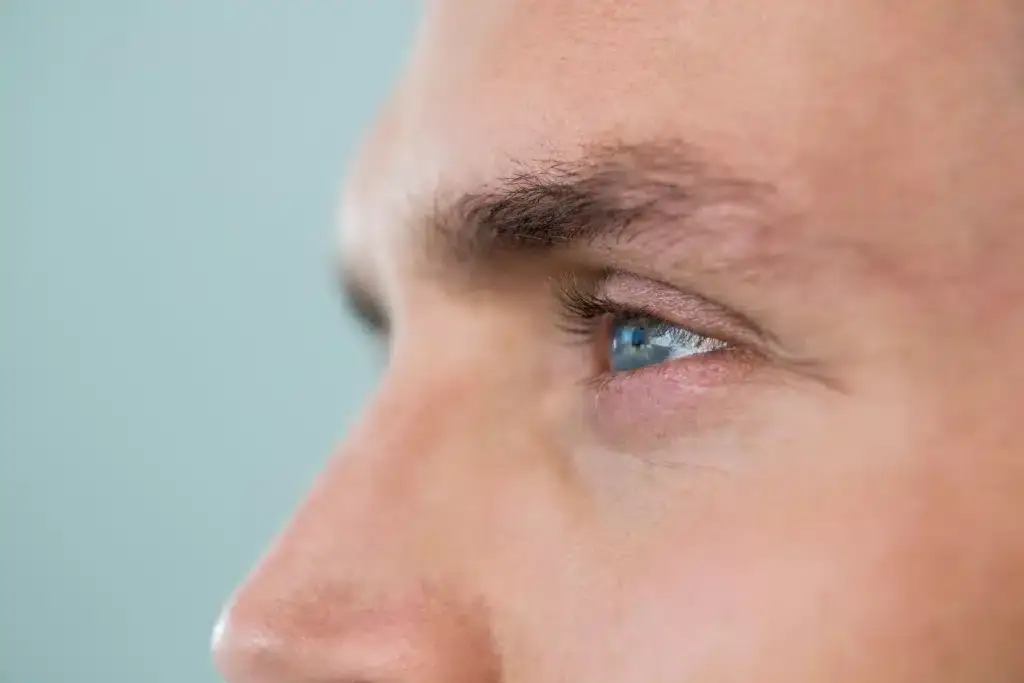Did you know that your upper eyelids contain approximately 30 to 40 glands, which secrete an oil that coats the surface of your eyes, keeping them moist and hydrated? Not to be outdone, your lower eyelids contain about 20 to 30 of these glands, which are also known as meibomian glands. If these glands become clogged or begin to produce less oil (or poorer quality oil), your eyes may begin to feel dry, itchy, or irritated. This is known as meibomian gland dysfunction (MGD), and despite being a common eye condition, many people don’t realize they have it. This is where meibography comes into play. Key to the diagnosis of MGD, meibography may prove to be a game-changer when it comes to treating dry eye.
Meibography 101
Meibography is a non-invasive screening tool that allows eye doctors to accurately diagnosis MGD and move forward with an effective treatment plan. The technology visualizes the morphology of the meibomian glands using a series of high-definition digital images. Your doctor can view the meibomian glands’ size, structure, and any abnormalities, allowing them to assess the glands’ health. The process is quick, simple, efficient, and totally painless.
Would You Benefit from Meibomian Gland Imaging?
If you suspect that you suffer from MGD, you could benefit from meibography. Contact your eye doctor to schedule an appointment. Common symptoms of MGD include the following:
- Dry eyes (Current research suggests that up to 86% of dry eye patients show signs of MGD.)
- Burning eyes
- Itching eyes
- Irritated eyes
- Feeling like you have sand or dust in your eyes
- Inflamed or irritated eyelids
- The inner eyelid rim appears uneven or rough
- Blurry vision that improves upon blinking
Note that you’re more likely to have MGD if you’re older, as the number of meibomian glands present in each eyelid lowers over time. You’re also more likely to get MGD if you wear contact lenses or if you have certain medical issues, including high cholesterol, allergic conjunctivitis, or an autoimmune disease like Sjogren’s syndrome. Certain medications may also affect glands’ oil production, including retinoids (often found in anti-aging creams and acne treatments), drugs that reduce androgen, and estrogen replacement therapy.
Our New Meibography Technology
Heffington’s recently acquired the Firefly Digital Slit Lamp to help us assess our patients’ meibomian glands. Its camera delineates the structural details of the eye anatomy, including the cornea, lens, iris, and eyelids, using wavelengths similar to natural light. It even has a unique infrared light source module, which we can use to observe the meibomian glands directly. Its vivid images help our doctors assess your eye health and share information about your eye health with you.
If you’re diagnosed with MGD, your doctor may recommend that you receive our iLUX® MGD treatment. This innovative technology warms and expresses the eyelids to unblock any clogged meibomian glands, encouraging healthy oil production. This can quickly improve the quality of your tear film and reduce or even eliminate your dry eye symptoms. It only takes 45 minutes, and most patients enjoy a full year of relief!
Do you suffer from dry eyes? If you live in southwest Missouri, stop by Heffington’s. Since 1975, the Heffington family has assisted the Springfield community with top-quality eye care and affordable eyeglasses and contacts. To learn more about our products and services, please get in touch with us online, send an e-mail to [email protected], or give us a call at 417-869-3937 (Optiland location) or 417-882-3937 (House of Vision location).

